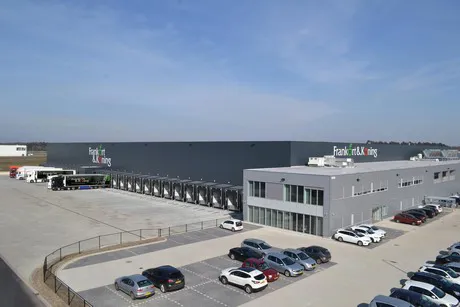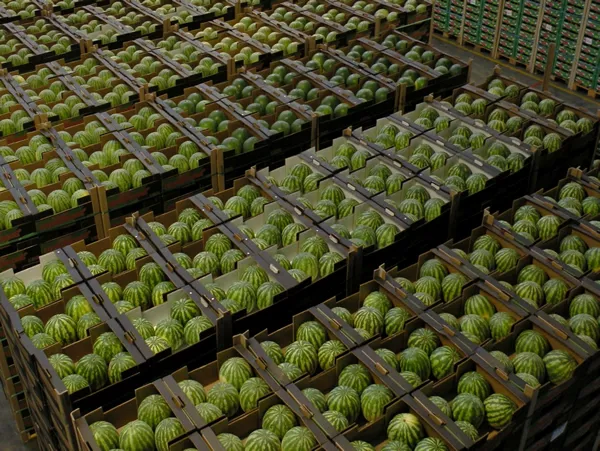 "European melon growers have no reason to complain this year," says Leon van den Hombergh of Frankort&Koning.
"European melon growers have no reason to complain this year," says Leon van den Hombergh of Frankort&Koning.
"Productions were much lower, but they got decent prices. It's a matter of selectively handing out melons on a very empty market, which hasn't happened in a long time."
"People are also switching between varieties easily because of the shortages with Piel de Sapo and yellow melons selling better in Northwest Europe," Leon explains.
"There are very few melons on the free market. The supply from Murcia, Spain, is running out quite fast and La Mancha, too, has fairly little product. That, while sales are effortless in this warm European market. La Mancha is now sending mainly Piel de Sapo, watermelons, and a few yellow melons."
"Murcia could continue with yellow melons for a while, but the Galia volumes are drying up quickly. We have to go to Italy and France to get Cantaloupe. However, there too, growers are struggling with volumes, and since their internal markets are good, they have no great need to export," Leon continues.

"Galia and Cantaloupe melons are being sold for €7, yellow melons are priced at around €10, and watermelons are going for about €1.30/kg. These are sky-high prices we've not seen for a long time. But, there are very few, if any, of these melons available. However, we must remember that the summer temperatures throughout Europe are driving consumption."
"Next week, temperatures of 25 to 30°C are still expected. So, the handing out will continue for a while. But, starting in week 36, things could just as easily go the other way," Van den Hombergh says, "with high retail prices, fewer promotions, and lower consumption if it gets cooler. Still, the market won't close with surpluses."

"The first Brazilian melons should begin trickling in sometime in week 37. I think quite a few yellow melons will be shipped. After that, however, high transport prices will make it far riskier to send trade to Europe, which will undoubtedly reduce supply next season. Consumers will begin feeling the pinch, and then you have to ask how much they're willing to pay for melons and other fresh produce. On the one hand, prices will be sky-high, yet the required prices might not be realized," Leon concludes.
 For more information:
For more information:
Leon van den Hombergh
Frankort & Koning
Tel: +31 (0) 773 897 202
Mob:+31 (0) 651 238 770
Email: l.vdhombergh@frankort.nl
Website: www.frankort.nl
